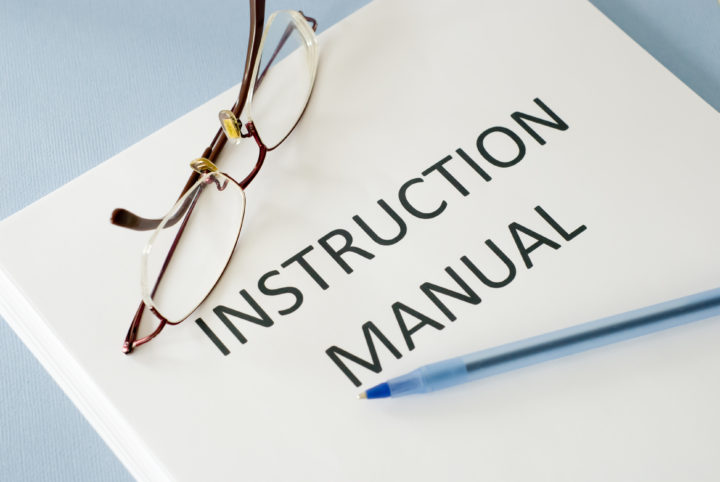RTFM: What Your Customer Expects You to Know
Wouldn’t it be nice if your customer or prospect published a regularly updated instruction manual for what to talk about when you sell to them? One that explained their key goals, their markets, competitive strategies and their financial performance?
You would think that such a manual would be required reading, and it would be snapped up eagerly by all salespeople as soon as it came out, studied assiduously for the slightest changes from the year before, to find new ways you might be able to add value to them.
But unfortunately, the reality is that most of your customers do publish such a manual, and most salespeople don’t take advantage of it. Instead, it’s treated like a literary classic—everybody wants to say they’ve read it but few actually want to read it.
It’s called their annual report (although more and more, public companies are foregoing thick glossy annual reports, relying instead on the 10-K form they are required to file with the SEC), and it should be required reading for every sales professional who hopes to earn the right to hold effective business conversations with high-level decision makers.
Almost every year at this time I write a blog right about this time of year—which is when most 2017 annual reports come out—urging salespeople to read them. But judging from what I see in the classes I teach, most salespeople don’t. And I can actually sympathize with you on that—there’s a lot in there that won’t help you, so the truth is that 90% of what you read will waste your time. But the problem is that you never know which 90% is waste and which 10% is pure gold.
Most salespeople stop digging at the first level, which is the Chairman’s Letter to Shareholders. It’s a good place to glean a few nuggets to ask specific questions or quotes to put into your sales presentation, but almost everyone reads this far, so their customers aren’t exactly impressed.
The second level is much more detailed. It’s the narrative description of the business and risk factors, right at the beginning of the 10-K form. You’ll find a lot of actionable information about markets, competitors, critical success factors and strategies. It may be about ten pages or so, which is a small investment to make.
The third level is where you can find some good stuff that others overlook and impress your customers is what I feel is the “must-read” section of your customer instruction manual: Management’s Discussion of Financial Results. This section tells the story behind the numbers, and it can be a great education on how your customer actually makes money (or tries to), and it can offer clues to unmet needs that you may be able to fill.
I hope and trust that this year my urging will be heeded; before all else fails, read the manual.[1]



